|
Now that spring is here, I bet you are chomping at the bit to start filling planters. Planters can be used for annuals, perennials, vegetables, shrubs, trees and succulents. Choosing the correct planter size will improve plant health. If you think of a planter as your plant’s home, you might be more inclined to consider the importance of the planter size and shape. These factors impact the air:water ratio within the soil. Other factors include drainage and planter material. Believe it or not, taking the time to select the right pot is a big part of growing outdoor plants that thrive. Material The most common pot materials are plastic, fiberglass, resin, and terracotta, or clay. Plastic, fiberglass and resin pots are colorful, lightweight and low-cost. They tend to retain moisture, so you'll water less frequently. Choose plastic when weight counts, such as with hanging baskets or plants on a wall shelf. Resin pots can be made from recycled materials, making them earth-friendly. In addition, resin withstands expansion and contraction with weather changes, and is very lightweight. Terracotta pots are heavier, offer beautiful patterns and typically cost more. These pots are porous, so plants need water more frequently. Once filled, a large terra cotta pot may be too heavy to move without help. Terracotta is the perfect choice for plants that like dry or well-aerated soil, including cacti, succulents, orchids and bromeliads. Porous ceramics like terracotta will dry more evenly than plastic pots, and any wood planter will dry even faster than terracotta. Drainage Always select planters with drainage to prevent root rot. It's totally possible to make planters without drainage work with a little finesse:
Size Matters
Container Choice Knowing that for containers with identical volume, tall, narrow pots dry out faster than short, wide pots. Steer clear of choosing a tall, narrow pot for plants that like to be kept uniformly moist at all times. That same tall, skinny pot could be perfect for a specimen cacti. 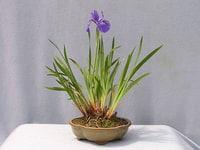 Conversely, a short and wide bonsai dish style pot could be ideal for carex or iris plants that naturally live in bog-like conditions and like to be kept wet. Although you’ve probably seen succulents planted in narrow containers. This only works if that same short and wide bonsai container has a succulent soil-less mix and has drainage holes located in the container’s base. A tall narrow container would be more ideal for succulents. A plant's roots need room to grow in whatever container you choose. If the roots are restricted, it can affect the plant's ability to thrive. Containers that restrict roots can affect a plant's flowering, nutrient uptake and photosynthesis along with plant yield. (This is why you want to plant root-bound nursery stock in appropriate containers sooner rather than later in order to keep them healthy.) Containers that allow for more soil between the side and bottom of the container and plant roots protect the roots from hot and cold temperature extremes. Plants growing in a planter box without adequate space for root development may exhibit certain symptoms that can alert you to a problem. Plants with compacted roots will exhibit reduced growth. Chlorosis, which is a yellowing of leaves often caused by a plant's inability to take in key nutrients, is often seen in plants with inadequate root systems. You can also watch for other symptoms of restricted root growth, including dropping of new leaves, small leaves, stunted growth and plant wilting. Planters for Vegetables 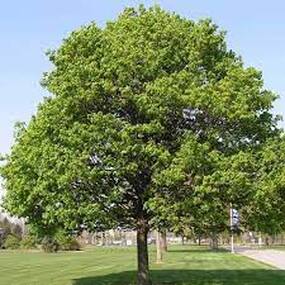 Amazon Amazon For most plants, a 6-to 8-inch-deep planter is sufficient. The depth may vary for some vegetables, however. Turnips, cucumbers, broccoli, beets, lettuce and green onions can all grow well in a planter box at that depth, but other vegetables, like cabbage, need a deeper depth of at least 10 inches. Vegetables like tomatoes, carrots and peppers require a deeper container of at least 12 inches. To make sure any vegetable root balls have adequate growing space, leave 2 inches of space on the roots' sides and 6 inches on the bottom. Planters for Flowers  Photo: Farmer Gracy Photo: Farmer Gracy Annuals flowers most often have a shallow root system and grow well in a planter box with an 8-inch depth. Perennials, like bulbs, require a deeper planting box depth. Large bulbs require a planting depth of 8 inches, which means the planter box should allow for the 6 inches needed at the bottom, as discussed earlier, making the depth at least 14 inches. Most smaller bulbs are planted at 3 to 4 inches deep, so they would do fine in a planter box with an 8-inch depth. Reading the package or container planting instructions can help when determining proper planter box depth. Planters for Trees and Shrubs 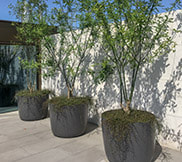 IOTA Gardens IOTA Gardens Planters need to be large enough to allow sufficient root development relative to the top growth and to anchor the tree when the wind blows. Even the smallest trees (except perhaps the smallest dwarf conifers) should have pots of at least 20 inches across. You can undersize the pot if you compensate with diligent watering and feeding, but generally, the larger the pot, the better. Adequate pot size will minimize the stress of fluctuating soil temperatures and moisture. A well-sized pot for a tree placed on a deck should prevent it from tipping in a windstorm. Pots also need to be frost-proof and resistant to UV damage. Wooden, fiberglass, cast concrete and high-grade plastic are most desirable. Planters must drain freely to prevent waterlogged roots. According to Monrovia Growers, taller shrubs and trees should be planted in containers ⅓ of the plant’s height. As you’ve learned from this blog, there’s more to selecting the right container for your outdoor plant than picking a pretty pot. Be assured that paying attention to air:water ratio will help your plants thrive in their outdoor containers. For design ideas, read our previous blog, Color Combinations for Your Containers. Enjoy making your outdoor spaces more colorful! In case you missed it.....
Comments are closed.
|
Thank you for finding us! Holly and I have collaborated to bring you informative, fun, and seasonal garden inspiration blogs.
Subscribe to receive our blogs on the 1st and 15th of the month--Gwen Follow my landscape & garden design Pinterest Page to see more pics, inspiration and Gwen's home garden journey!
AuthorsGwen Wisniewski: Landscape and Garden Designer. Contact me. Let me help you integrate these garden inspirations. Choose the links below to find out more about my landscape design service or to make an appointment. |

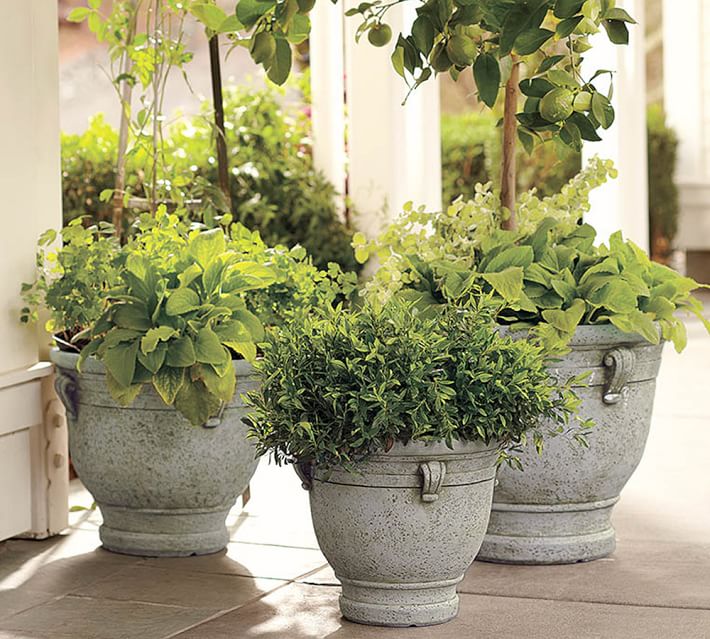
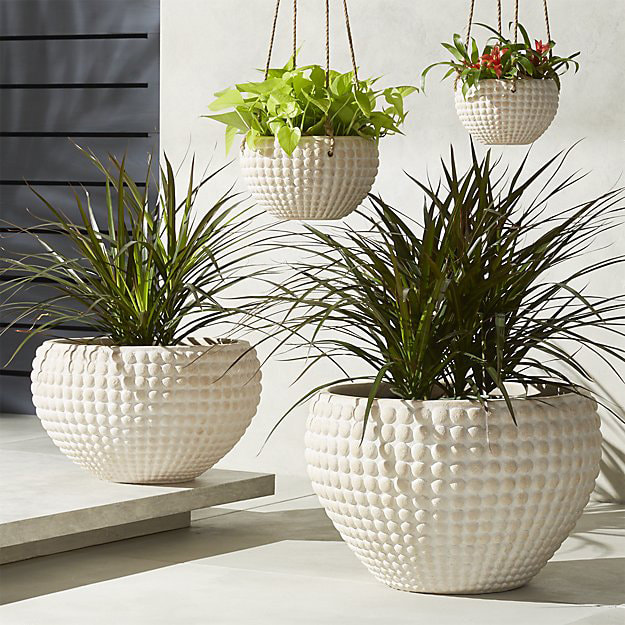
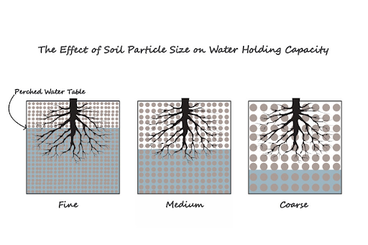
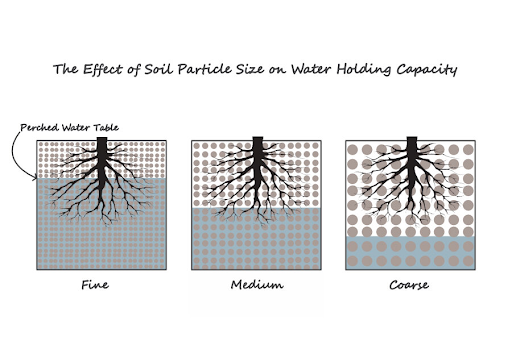
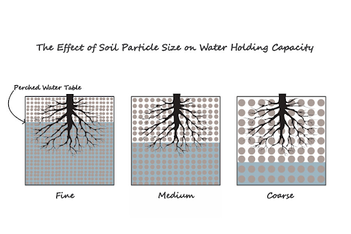


 RSS Feed
RSS Feed